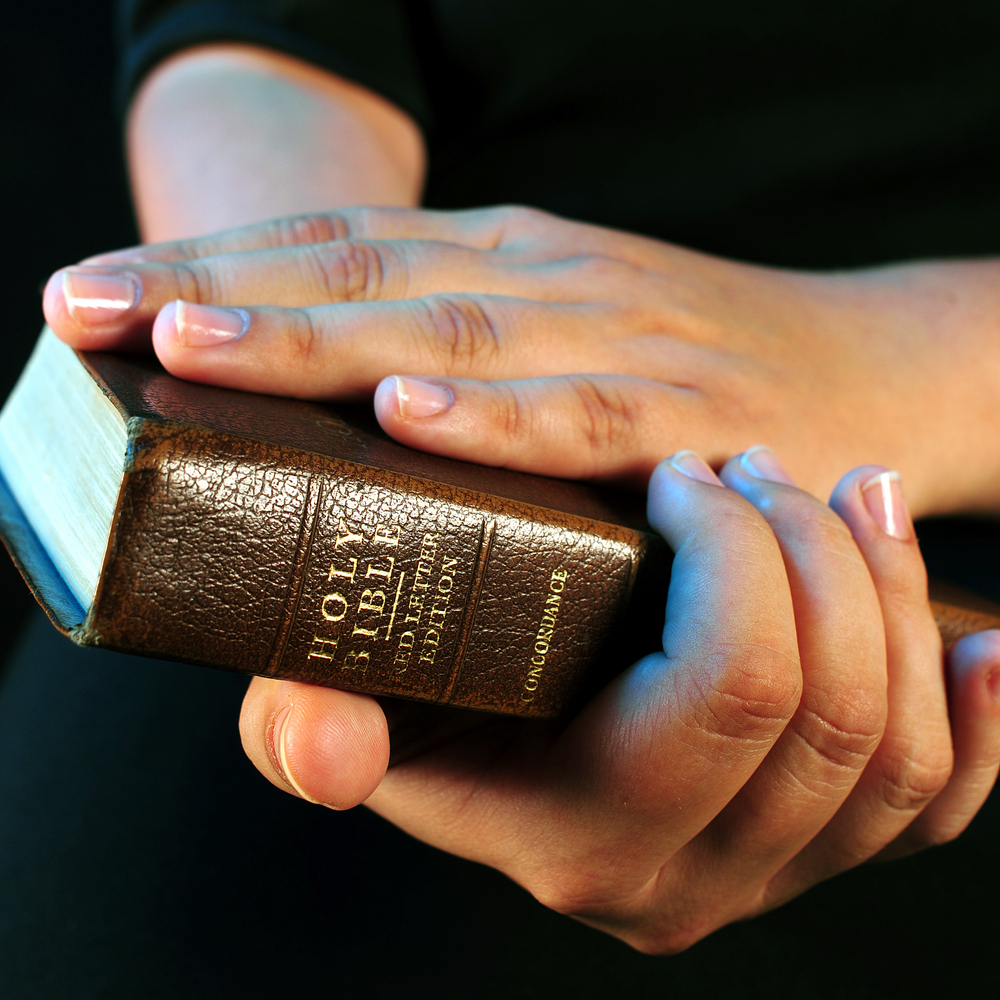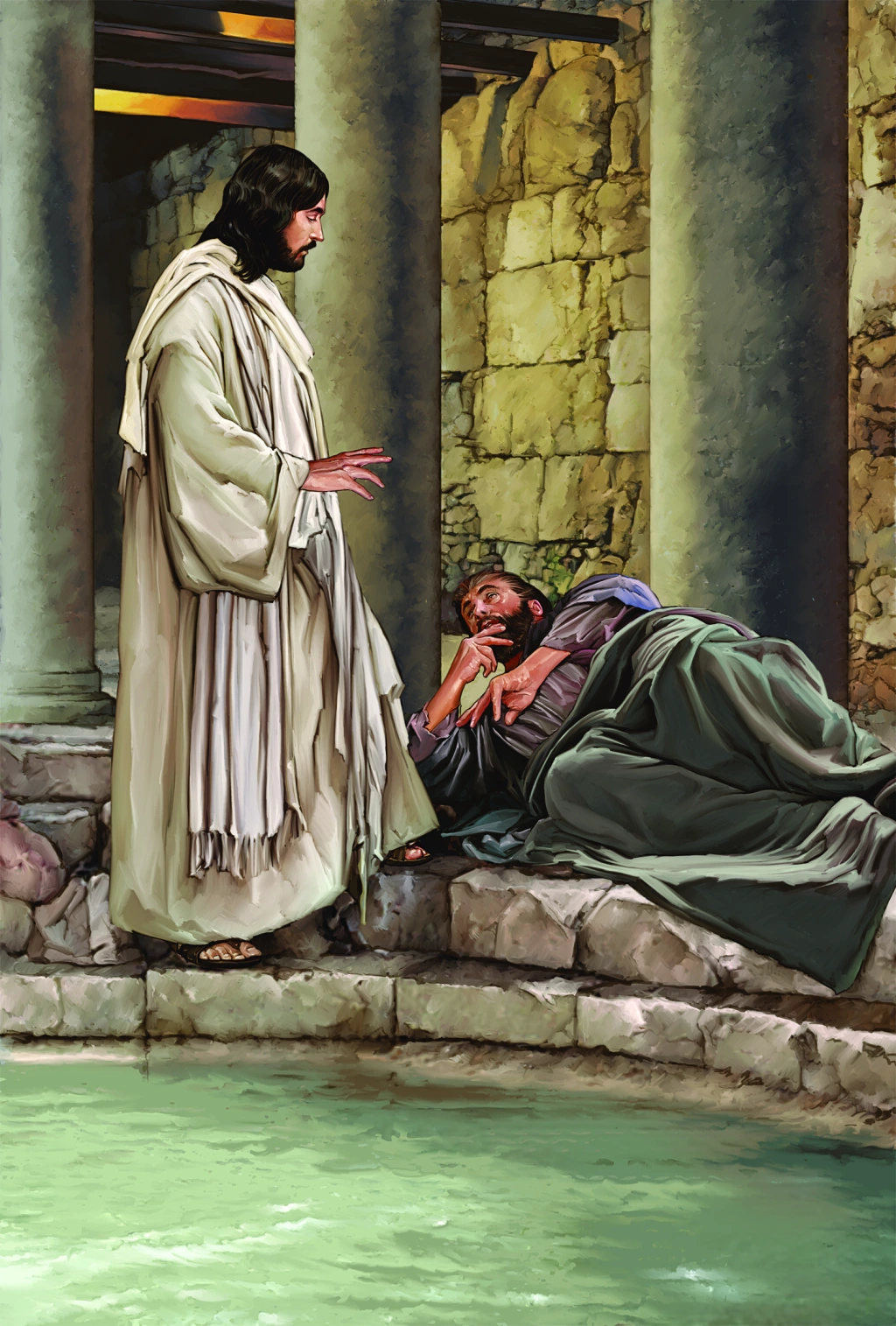 Mark: According to
Mark: According to
Part 65
Mark 14:1-11
The Feast at Simon’s House
1 After two days it was the Passover and the Feast of Unleavened Bread. And the chief priests and the scribes sought how they might take Him by trickery and put Him to death. 2 But they said, “Not during the feast, lest there be an uproar of the people.”
In the Chronological sequence these verses are out of place. They should have been placed before The Triumphal entry which took place on the first day of passion week. The events that take placed from Verses 3-11 actually took place the evening before the triumphal entry, after the Sabbath when the sun had gone down which according to Jewish reckoning of time would have been in the dark portion of the first day of the week.
I also placed verses 1 and 2 of Mark 14 at the end of our last post which dealt with Christ’s Message of Warning. What Christ predicted would happen after his resurrection and ascension to heaven. But I am also including it at the first of todays post. Why? Because after thinking about this for a while and praying about it I decided these verses 1 and 2 of chapter fourteen are telling us much more than previously thought. So, let’s begin and it will begin to make more sense as we go along.
Starting with verse 3, we will come back to verse 1 and 2 in a moment. “And being in Bethany at the house of Simon the Leper, as He sat at the table, a woman came having an alabaster flask of very costly oil and spikenard. Then she broke the flask and poured it on His head.”
The woman is Mary Magdalene, the sister of Martha and Lazarus. Yes, the same Martha that complained about her sister Mary sitting at the feet of Jesus while she went about preparing a meal and performing other such duties that a hostess would perform (see Luke 10 38-42). This woman is also the same Mary whose brother Lazarus became sick, died and was raised from the dead by Jesus after four days of being in the grave (see John 11:1-44).
Mary is also the same woman who was dragged through the streets of Jerusalem having been caught in the act of adultery and then brought to Jesus in the temple half naked and ashamed. The religious leaders wanted Jesus to cast the first stone, but Jesus turned it into a redemption moment showing that we all have sinned, and fallen short of the glory of God, but that Jesus was sent to save the lost not condemn them (see John 8:2-12).
Since this feast of celebration was being held at Simon the Pharisees house, let’s not forget to explain who Simon is. Simon, was a Pharisee, he was also the uncle of Mary, Martha and Lazarus who had contracted leprosy then was healed by Jesus (see Mark 1:40-44; Matthew 8:1-4; Luke 5:12-16). Many Bible scholars believe this to be the healing of Simon the Pharisee. There is one other aspect of Simon that we need to understand. It was Simon that had brought Mary his niece into prostitution. It was Mary who had been forgiven much, for she also had unclean spirits driven from her, not just one but seven of them (see Luke 8:2).
There is one other point to make before we continue. At the feast, they ate in a reclining position, one leaning upon the other with Simon on Jesus’ left and Lazarus on His right.
4 But there were some who were indignant among themselves, and said, “Why was this fragrant oil wasted? 5 For it might have been sold for more than three hundred denarii and given to the poor.” And they criticized her sharply. 6 But Jesus said, “Let her alone. Why do you trouble her? She has done a good work for Me. 7 For you have the poor with you always, and whenever you wish you may do them good; but Me you do not have always. 8 She has done what she could. She has come beforehand to anoint My body for burial. 9 Assuredly, I say to you, wherever this gospel is preached in the whole world, what this woman has done will also be told as a memorial to her.”
I can hear the voices of those present being lifted up against Mary, who so loved her saviour Jesus who has rescued her from death and sin.
It was out of love that she did what she did for Jesus. As it states it was done as a memorial for Jesus burial which was only six days away.
I have heard it told that because of it being poured upon his head and his feet that as Jesus walked the smell would get kicked up for all to smell. What a sweet aroma this must have made and what strength and courage this must have given Jesus as he suffered so terribly through His trials and crucifixion.
But Judas the disciple of Jesus who was a thief, left the party, went and met with the Chief priests to betray Jesus to them.
This is why verses 1 and 2 of chapter 14 are where they are at. The discourse that has taken place in the temple by the Sadducees, Pharisees, Scribes and Rulers was all done as an attempt to find reason for putting Jesus to death. Not just because of the teachings of Jesus, but that Jesus allowed a sinner, a sinner that was also a woman to touch Jesus in a way they deemed totally unacceptable for a teacher.
But Mary understood the good thing and desired a relationship with Jesus that most failed to understand. She desired a relationship based upon listening to and knowing Jesus’ will for her life and thus honored Jesus by anointing his body with costly oil and spikenard. Anointing his body as it was for burial as it were beforehand. In six days, Nicodemus and Joseph of Arimathea would lower Jesus off the cross and place him in a borrowed tomb. Even in death as it was throughout his life, nothing on this earth belonged to Jesus, yet he came to save earth and all mankind from permanent death. Jesus suffered death and separation from his father that we might someday gain the victory of sin and death. Mary in her selfless act of love acknowledged Jesus as the Messiah who had forgiven her much and her story serves as an illustration of the love and devotion we should all have for Jesus because of our sins being forgiven.



